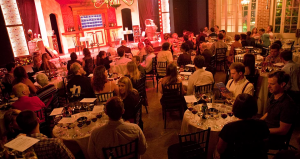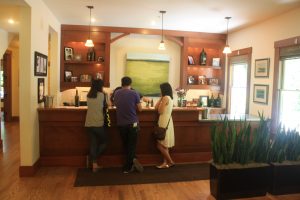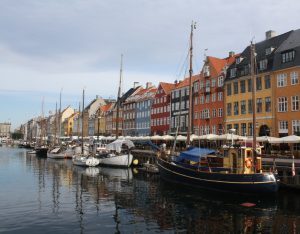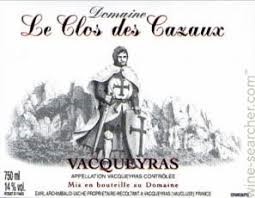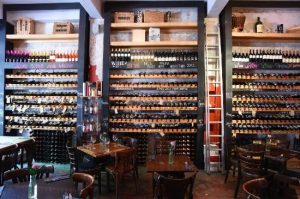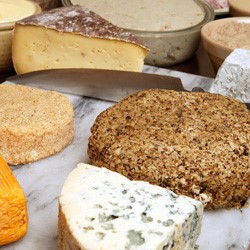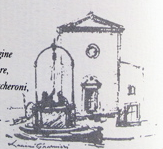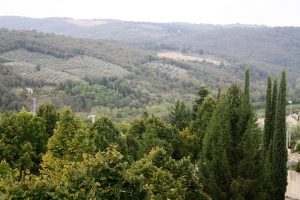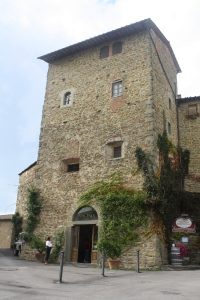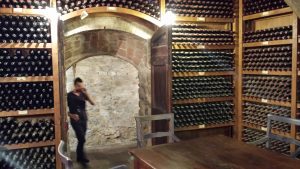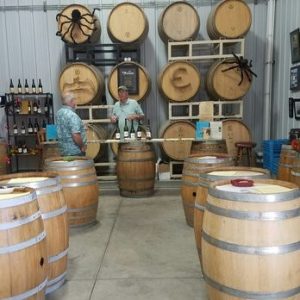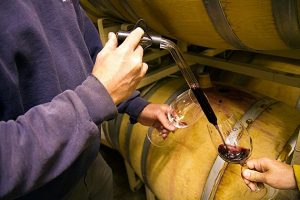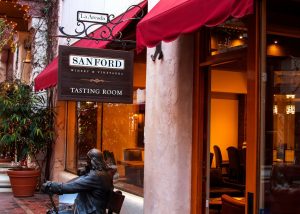On a day at sea on a cruise we took recently, they had a show at lunchtime. It was a musical called “Wine Lovers: The Musical”, (https://www.wineloversthemusical.com/) billed as wine tasting comedy show. There was no way we could resist a meal with six wines to taste and a show, so we went. It was as much to pass the time pleasantly as it was to learn anything about wine or wine tasting, and have a pleasant time.
Photo courtesy of Wine Lovers: The Musical
The lunch was no more than agreeable. The wines were pleasant but fairly common labels and varietals. The show was cute but predictable, with performers of quite some talent. The information about wine was introductory. But there was one song in the show that caught our imaginations. It was called “See, Swirl, Smell, Sip, Swish, Spit.” There it was – how to go wine tasting in six simple words, all beginning with the letter S.
What an interesting idea to build a musical on wine tasting and combine it with a wine tasting luncheon. As we said, for us it was quite basic but it must not have been so for everyone in the room. We’re sure the experience was valuable for some people.
Wherever our travels take us, we look for wine bars as a way of spending a pleasant time, especially in wine-making counties. That’s the way to learn about the wines they make there. At every wine tasting, we learn something; that’s part of the experience of going wine tasting, be it at the vineyard, at a wine bar or (you never know) on a cruise.
You should always be open to experience, to new tastes and new ideas, especially form unexpected sources. As we say in Power Tasting’s mission statement on our cover page, we want our readers “not to be intimidated by wine snobs on either side of the bar”.
The best advice to someone trying to learn from more experienced people is to keep your ears open and your mouth shut. If you are new to wine tasting – or if you’ve been doing it for decades – our advice is to keep both your mind and your mouth open.
